In 2003, Mercury revived the Marauder name for a full-size, V8-powered sedan built on the Panther platform. Based on the Grand Marquis but equipped like a street sleeper, it aimed to channel the spirit of muscle sedans like the Impala SS. While it only lasted two model years, the Marauder brought real performance, subtle styling, and sleeper appeal that got overlooked in the early 2000’s.
It had Mustang Mach 1 power under the hood
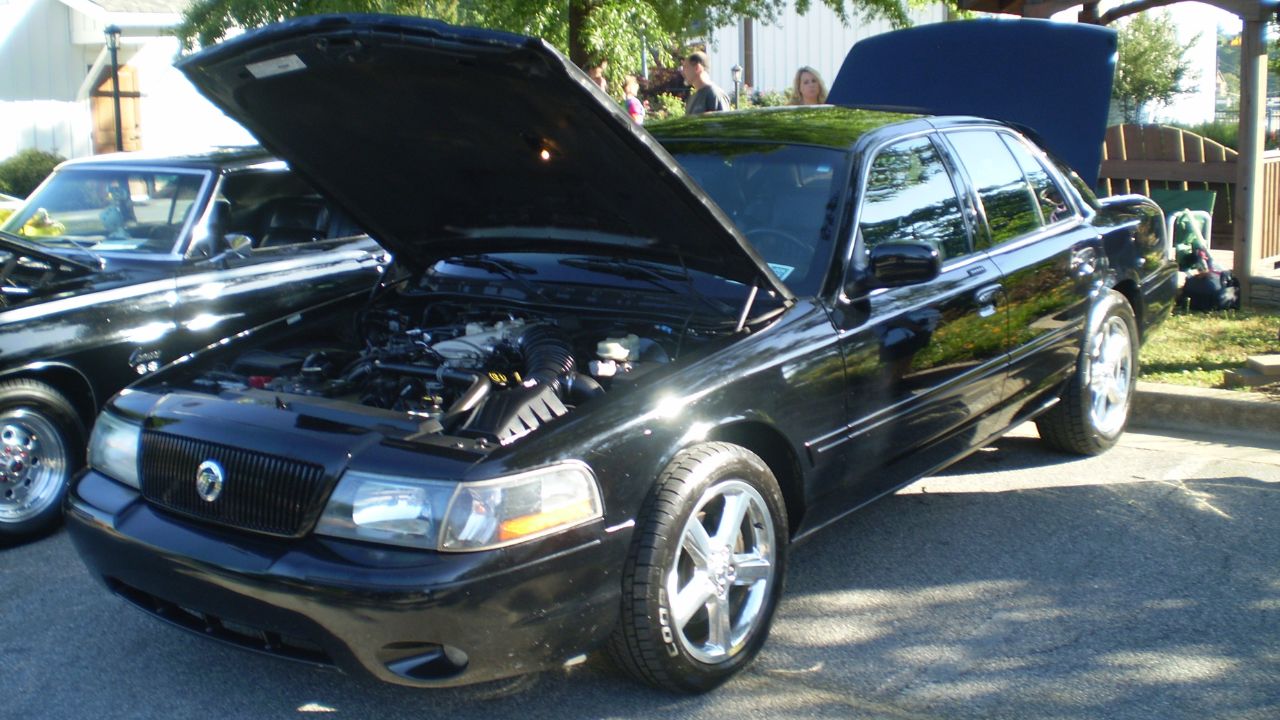
The 2003 Marauder used a 4.6-liter DOHC Modular V8 from the Mustang Mach 1, making 302 hp and 318 lb-ft of torque. It redlined at 6,000 rpm and used an aluminum block from the Lincoln Aviator.
Backed by a 4R75W four-speed automatic, it ran 0–60 mph in around 7 seconds. That wasn’t blistering, but it was a big step up from the standard Crown Vic and Grand Marquis V8s, which hovered around 225 hp.
The chassis was tuned for real handling
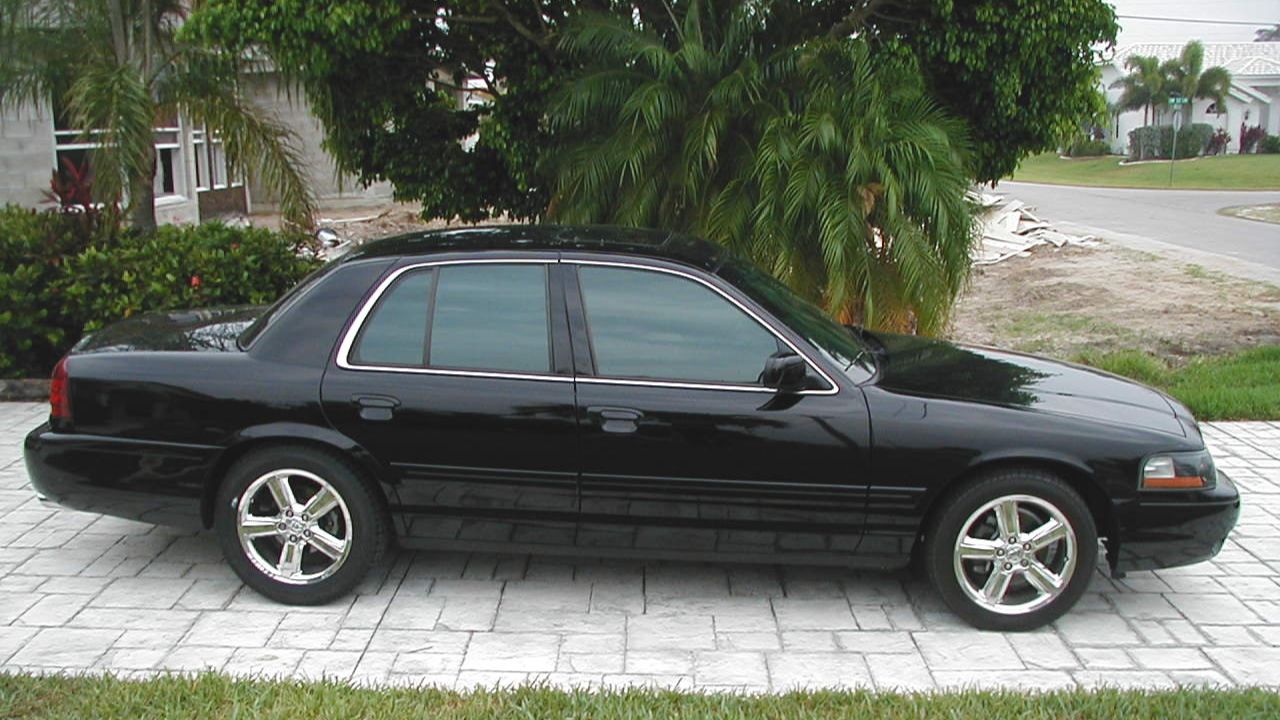
Ford’s Special Vehicle Team tuned the suspension with stiffer springs, Monroe shocks, a rear air suspension, and a thicker front stabilizer bar. Steering was quicker, and the car rode nearly an inch lower.
The result was a big sedan that actually felt composed in corners. It wasn’t a corner carver like a BMW 540i, but for a 4,200-pound car, the Marauder handled far better than people expected.
It came only in black—at first
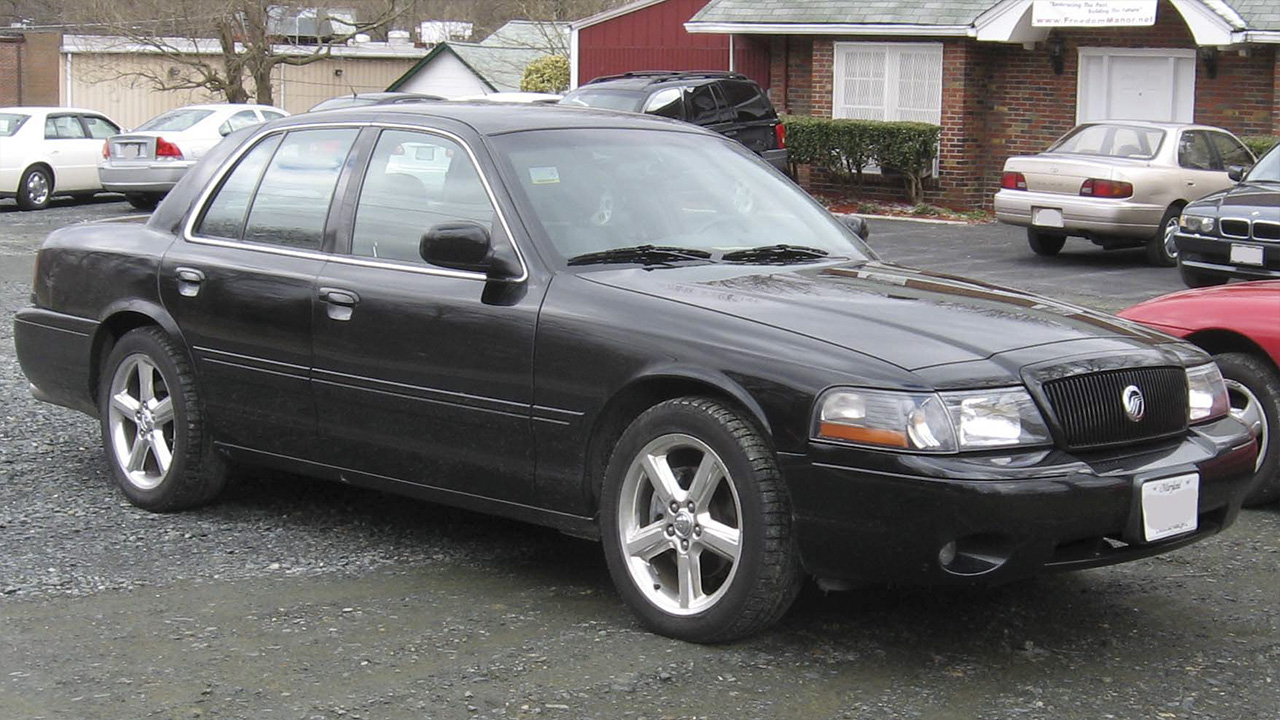
The first wave of 2003 Marauders all came in black, adding to the menacing, sleeper-style look. By mid-2003, Dark Blue Pearl and Silver Birch joined the palette, followed by Dark Toreador Red in 2004.
Blacked-out trim replaced the chrome from the Grand Marquis, including a body-color grille and unique 18-inch wheels. The stealth look was intentional—it was designed to look fast without screaming about it.
The interior had subtle but unique upgrades
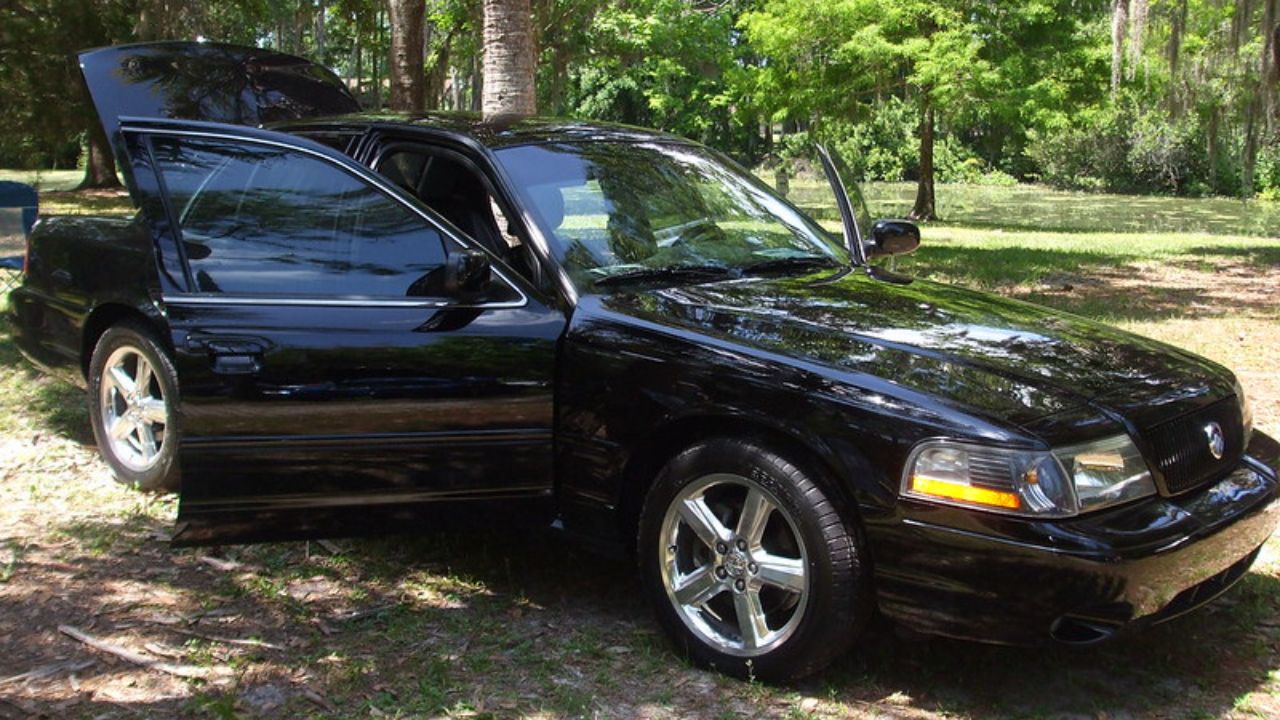
Inside, the Marauder featured black leather buckets, white-faced gauges, and a floor-mounted shifter in place of the usual column selector. It also came with a unique 140-mph speedometer and a silver dash trim.
Unlike most Panther platform cars, the Marauder had a center console with real cupholders and a storage bin. That detail alone made it feel more modern than the police cruiser vibes of its siblings.
It didn’t sell nearly as well as expected
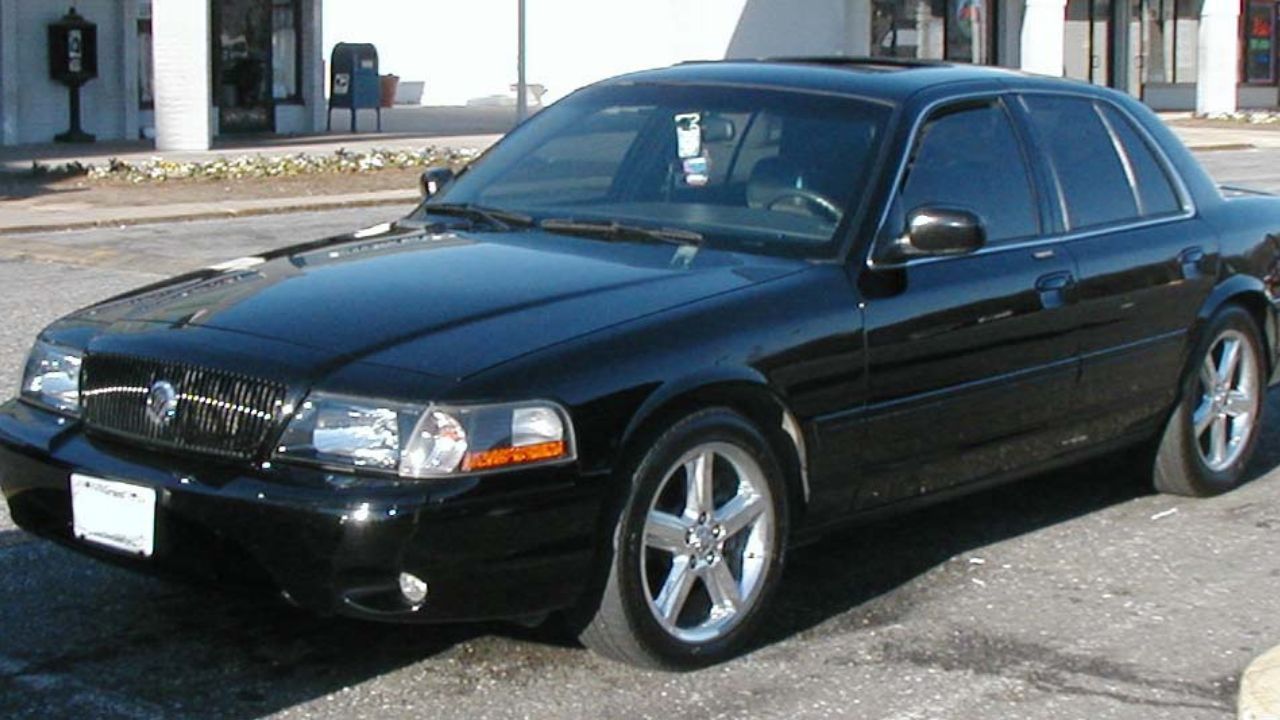
Ford planned to move around 18,000 Marauders a year, but the actual numbers fell short. Just 11,052 were built in 2003, and only 3,214 were made for 2004 before the model was axed.
At a base price of around $34,000, it was a hard sell. For a little more, buyers could get a BMW 5 Series or a Cadillac CTS. The Marauder didn’t have a luxury badge or serious marketing behind it.
It shared DNA with law enforcement legends
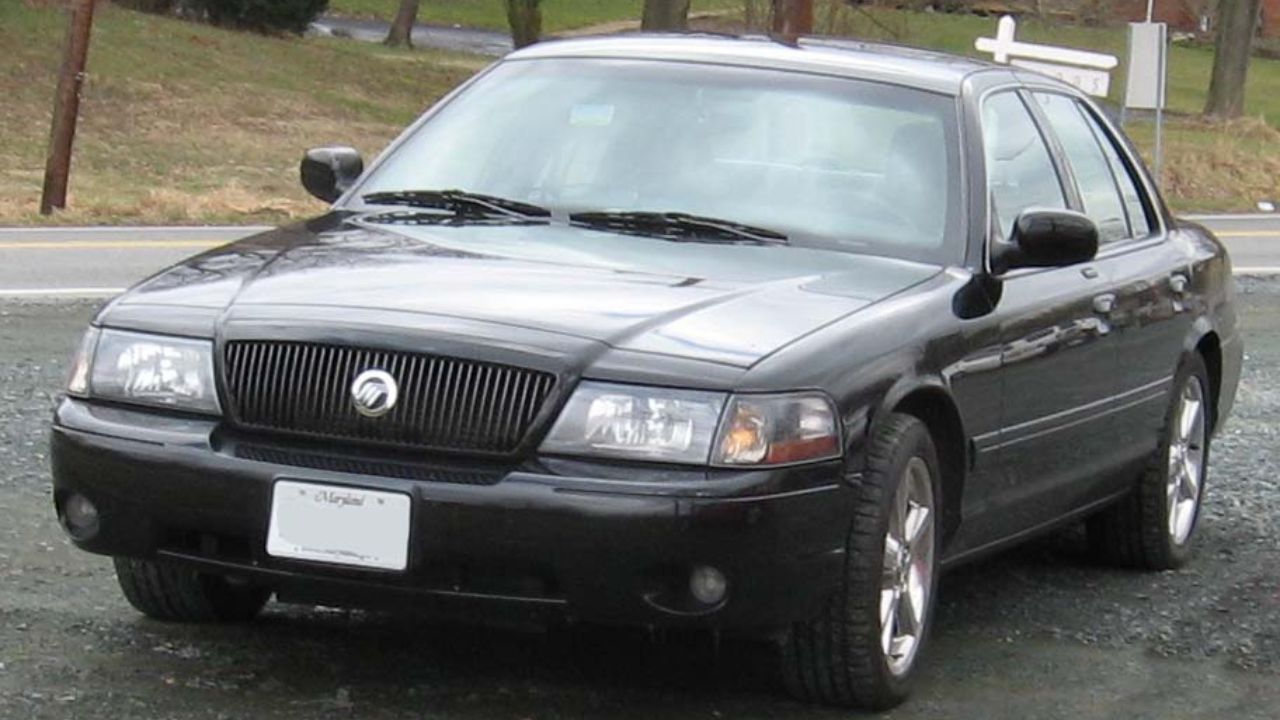
The Marauder’s frame, drivetrain, and layout were based on the Panther platform—the same one that underpinned the Crown Victoria Police Interceptor. It was built tough and could take abuse.
That meant body-on-frame construction, a solid rear axle, and plenty of aftermarket support. It had real cred with highway patrol mechanics and gearheads alike, even if it didn’t wear a badge or push bumper.
It had a cult following before it was cool
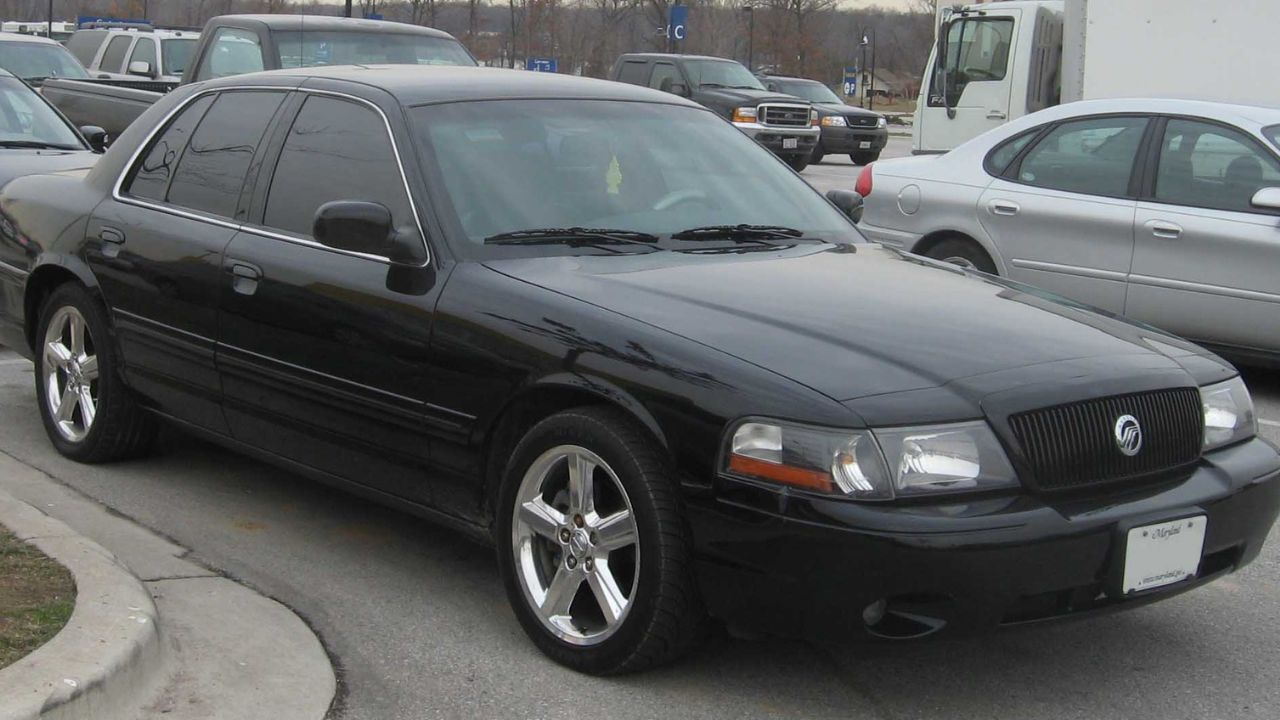
Even as sales sputtered, the Marauder quietly built a fan base. Enthusiasts appreciated its mix of old-school V8 charm and daily driver usability. Forums and owner groups kept the name alive long after production ended.
Today, low-mile examples fetch over $20,000. They’ve become collector cars for those who want something fast, big, and under the radar—proof that it was underappreciated when new.
It marked the end of Mercury’s performance run
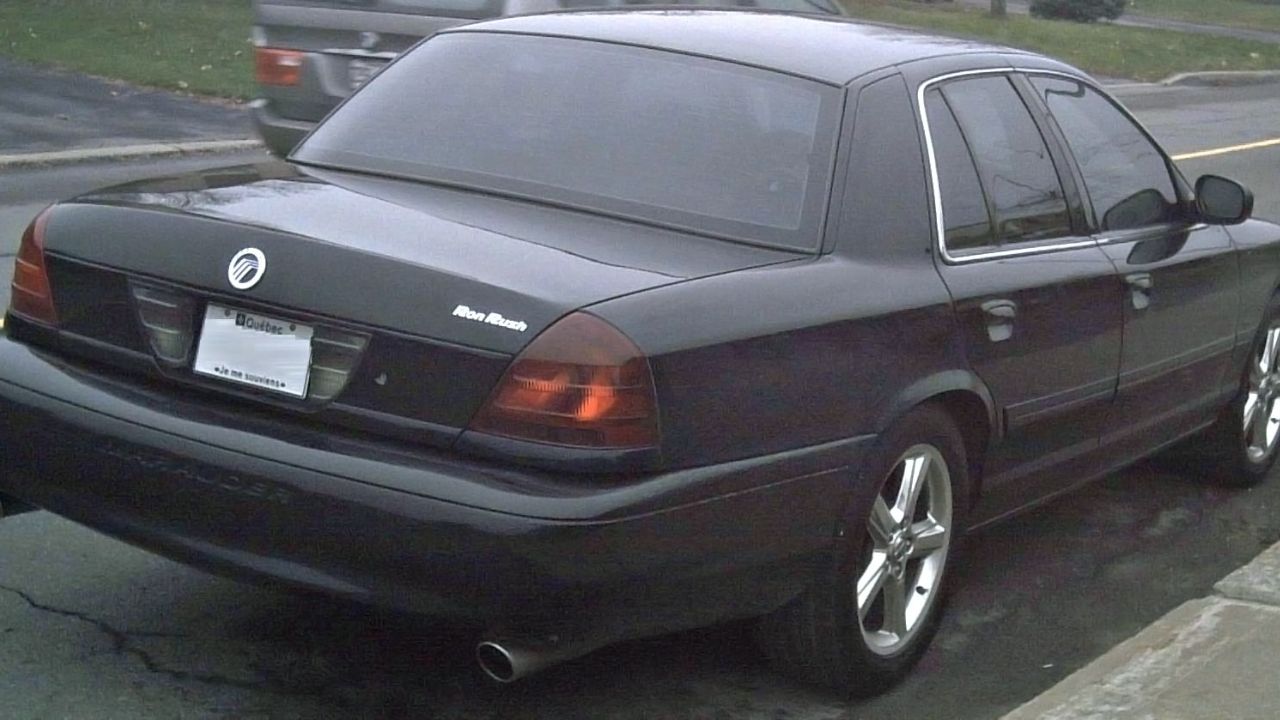
The Marauder was Mercury’s last real shot at performance before the brand faded out. After 2004, Mercury focused entirely on rebadged Fords with minimal differentiation.
In many ways, the Marauder was too little, too late. But it showed that the brand still had some life left when given the right hardware. If anything, it deserved more time—and a little more attention.
Like Fast Lane Only’s content? Be sure to follow us.
Here’s more from us:
*Created with AI assistance and editor review.

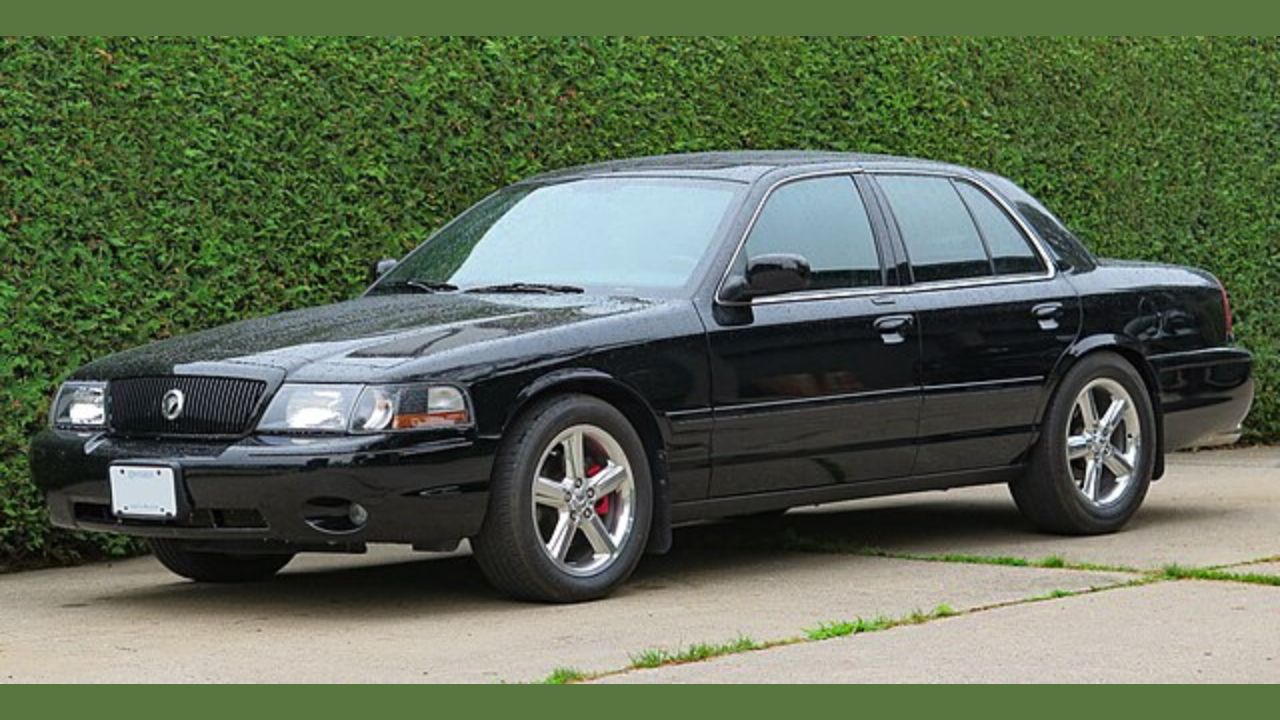
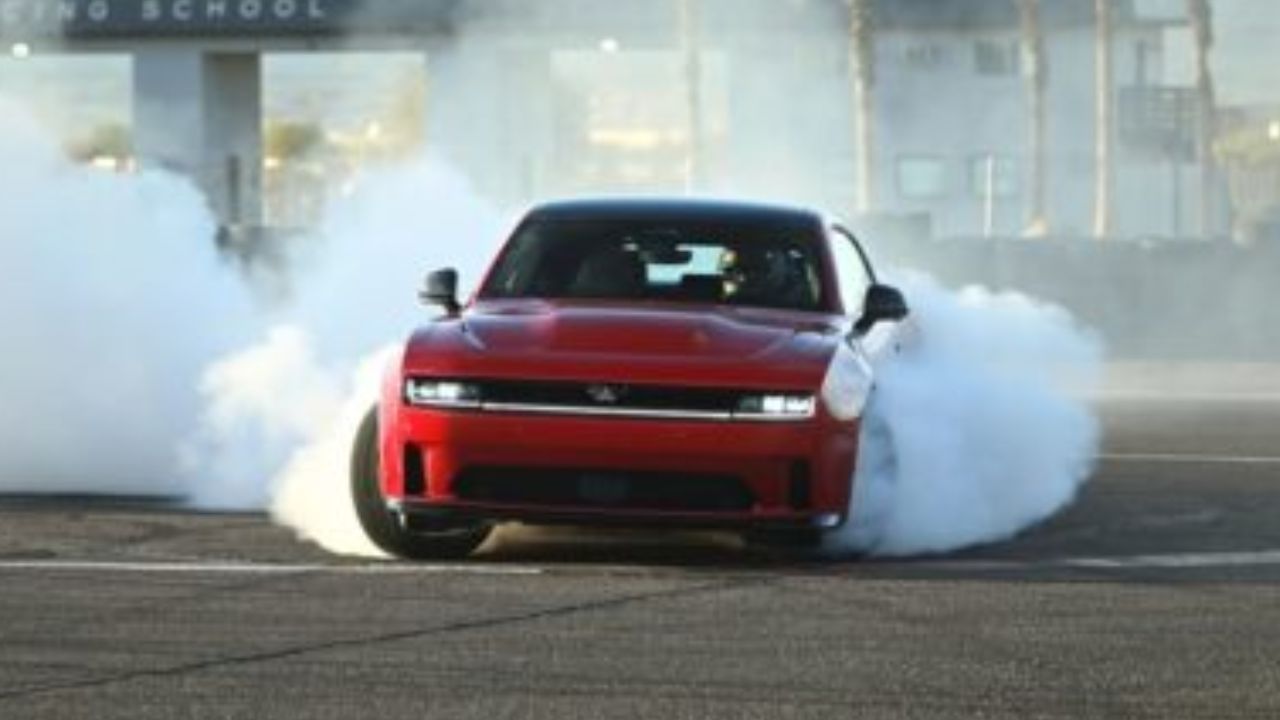
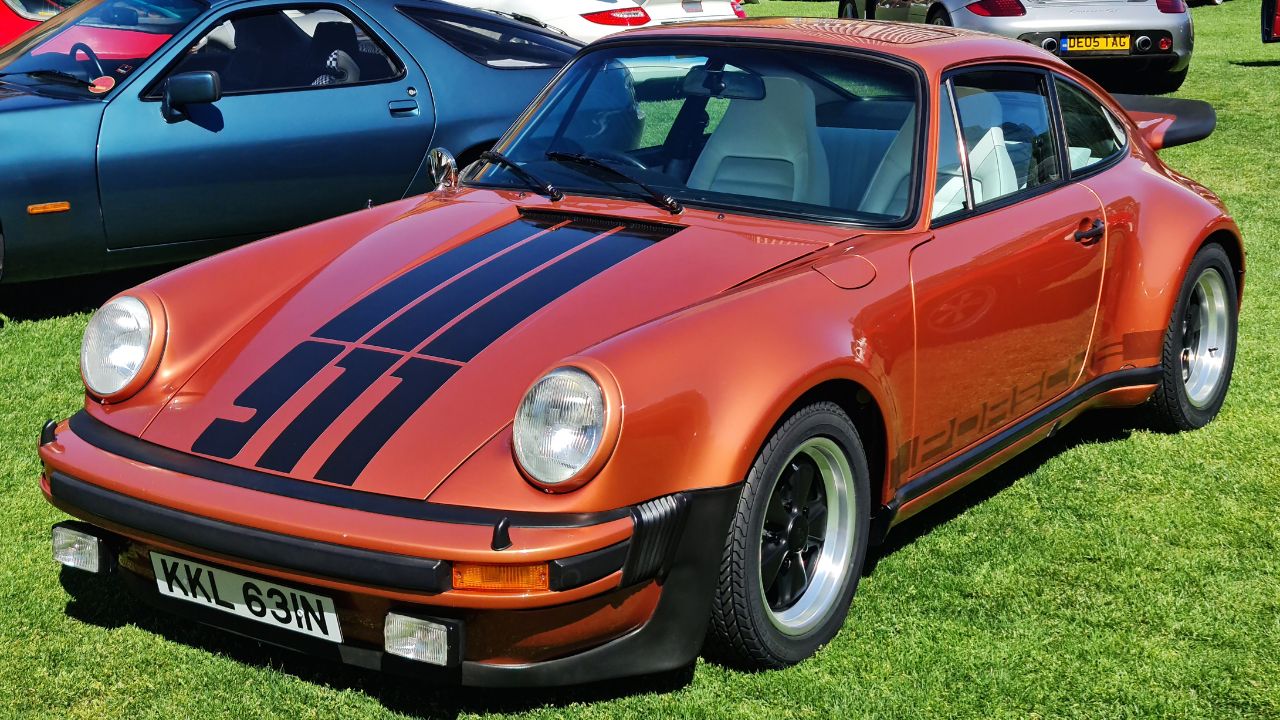
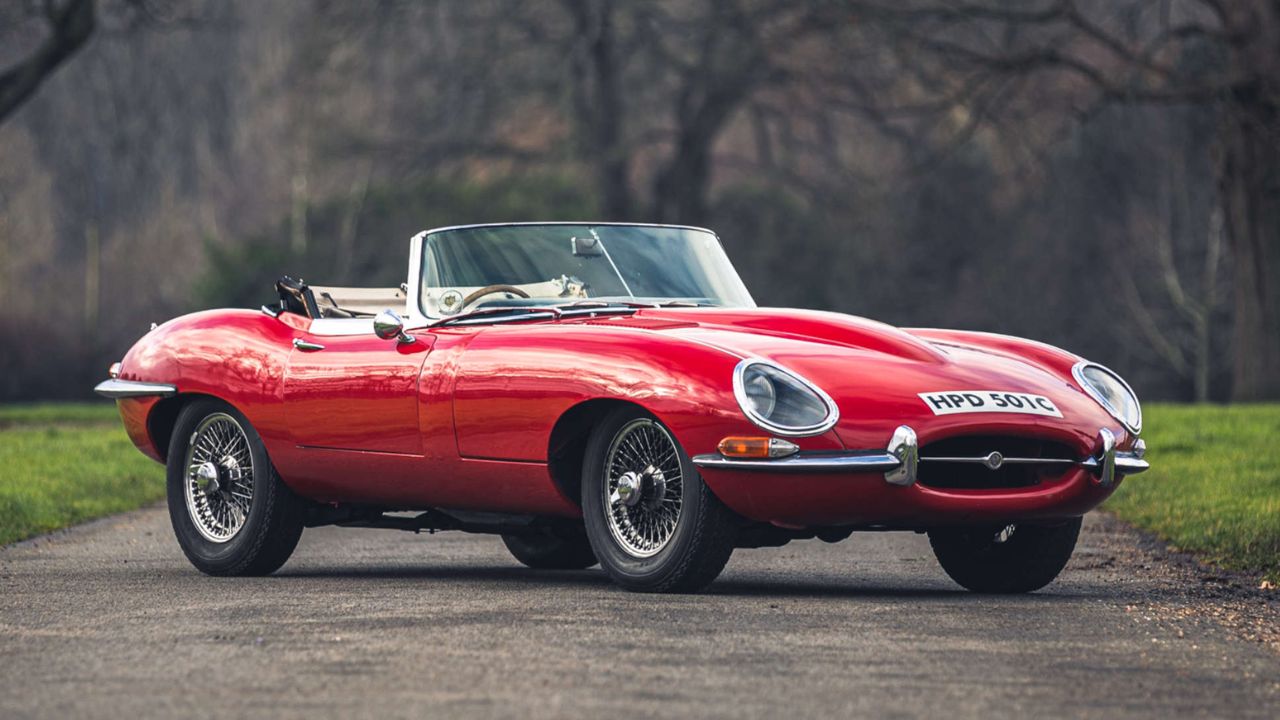
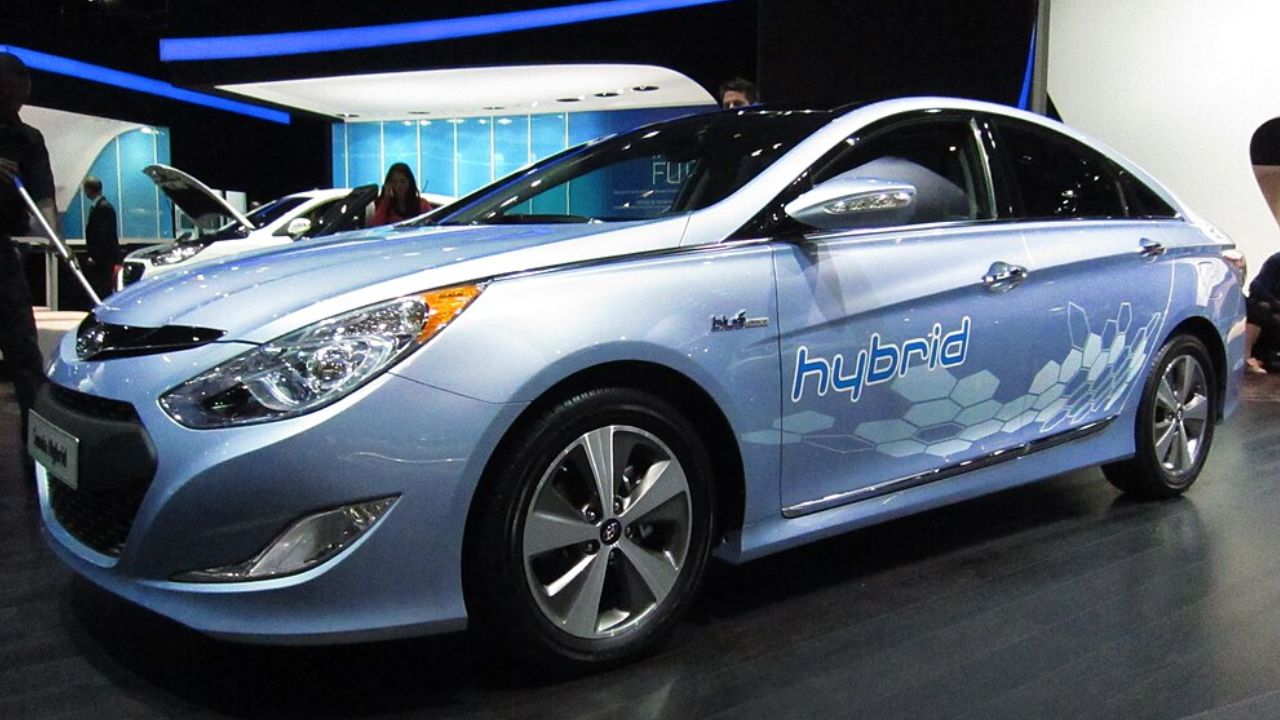
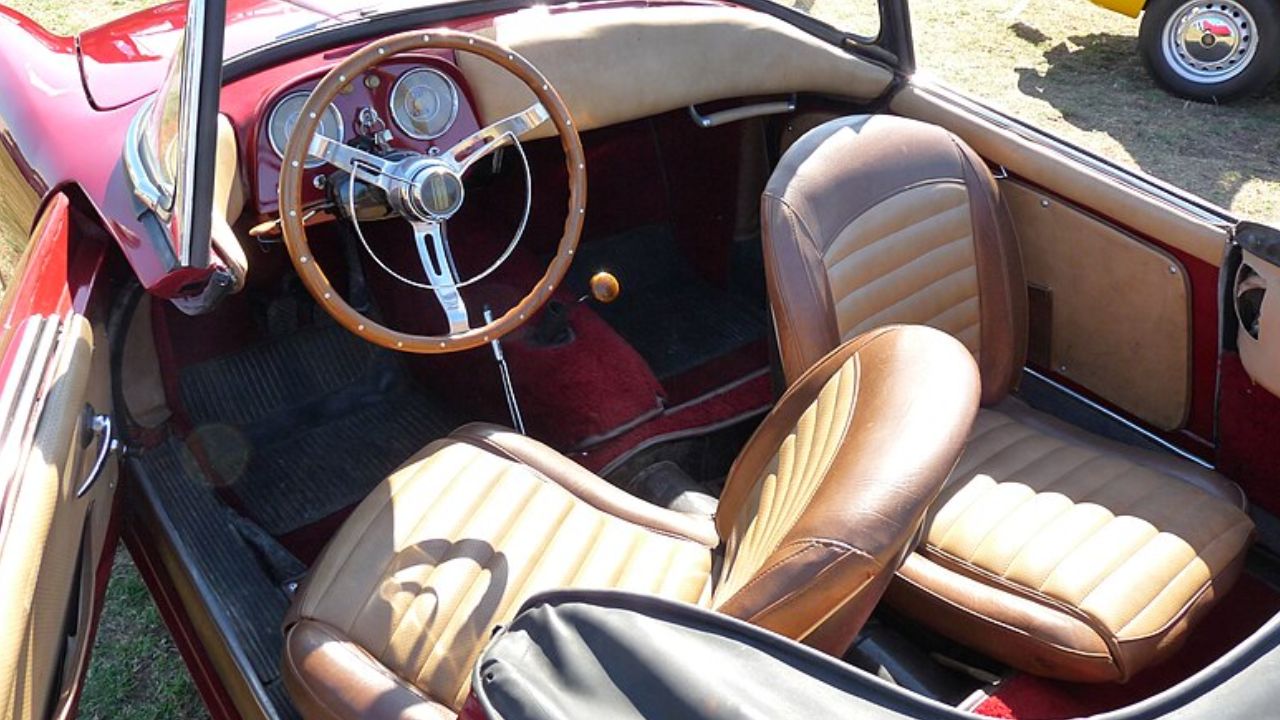
Leave a Reply